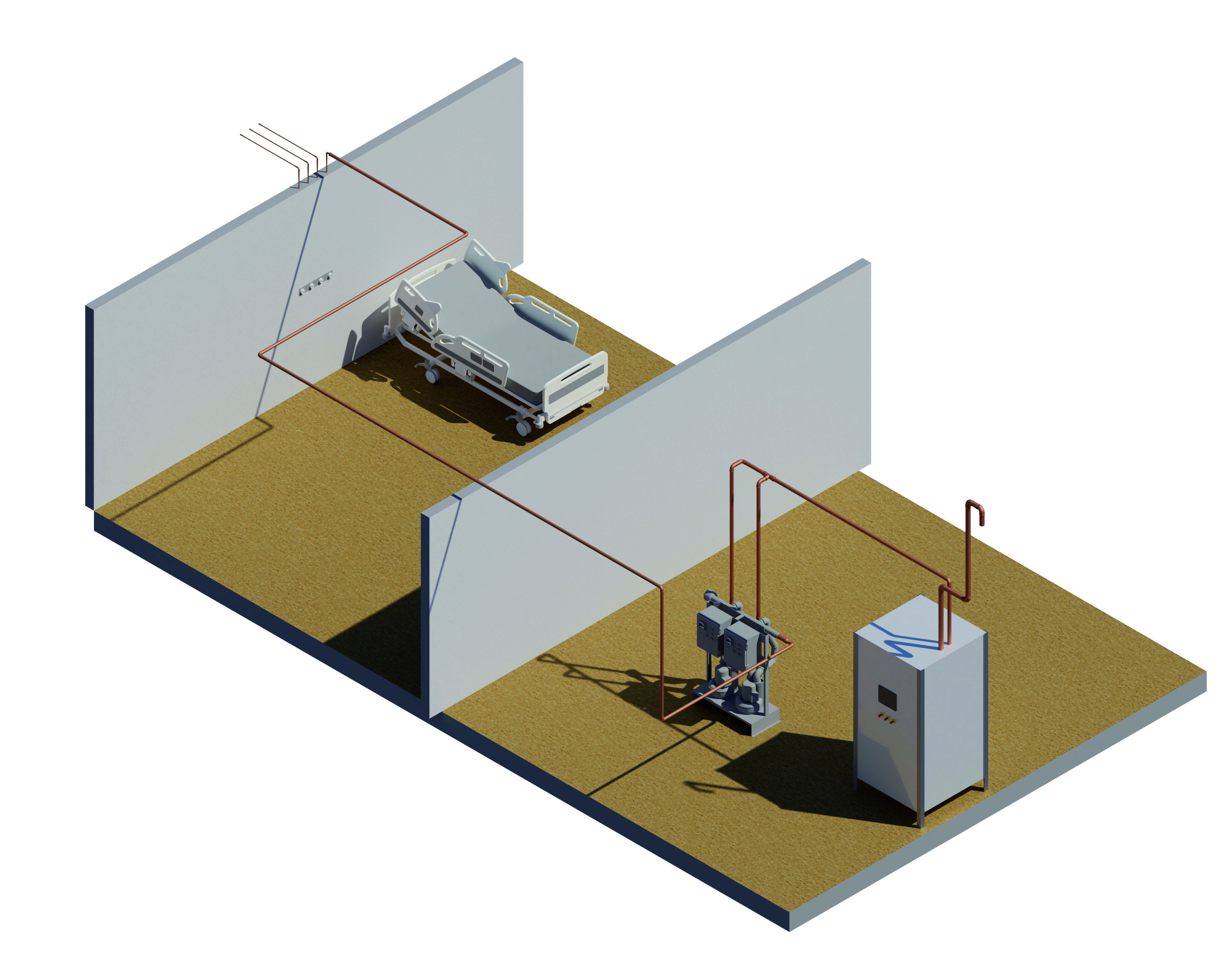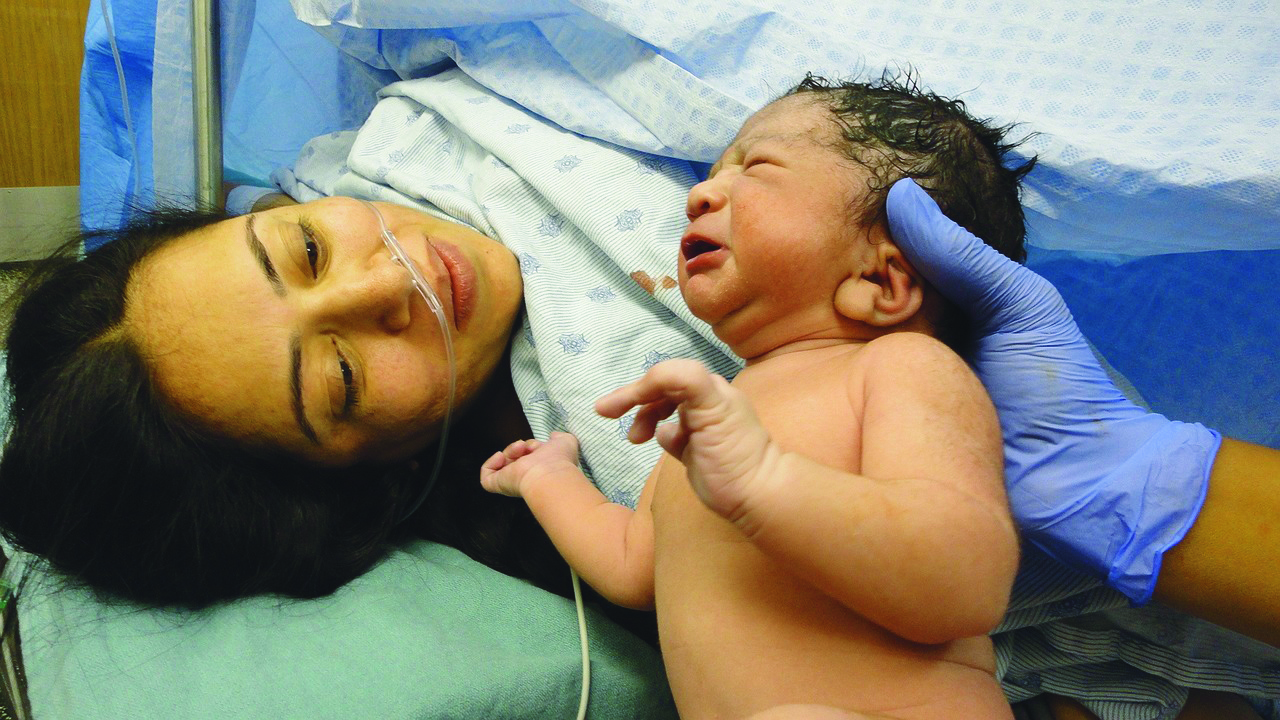Innovative technology which can ‘clean’ harmful exhaled nitrous oxide has come to the UK from Sweden, offering a way for the NHS to improve health and cut carbon emissions
A new partnership is set to change the way hospitals across the UK manage harmful nitrous oxide gas.
BeaconMedaes has been named the sole UK supplier of Medclair’s Central Destruction Unit (CDU) technology in a move that is expected to make a huge impact on the NHS’s ‘net zero’ carbon reduction efforts.
The low-energy CDU unit provides sustainable gas cleaning of exhaled nitrous oxide (N2O), eliminating it by more than 99% by causing it to decompose rapidly into nitrogen and oxygen – the main components in air.
This means the surrounding environment is made safer for staff and patients without any reduction in the level of pain relief provided.
Minimising damage
More commonly known as ‘laughing gas’, N2O is an analgesic used for short-term pain relief and calming of anxiety.
In hospitals, it is most commonly found as a key compound of Entonox, which is used by an estimated 80% of women during childbirth.
However, current methods to capture the gas within hospital labour wards generally result in it being released directly into the atmosphere, where it damages the ozone layer; or hourly air changes within a room shift the gas into another area, where extraction pipes again release it into the external environment.
In contrast, the CDU – which was developed in Sweden in 2004 – works by capturing the exhaled air via a facemask and transferring it to a catalytic purification system, where it is decomposed into harmless nitrogen (N2) and air (02) and safely vented into the atmosphere.
This process is continuously monitored and data is logged and can be accessed via a built-in display or a standardised web interface.
The CDU also has very few moving parts and is quiet and vibration free.
Martin Berry, business line manager at BeaconMedaes UK, told hdm: “In the UK, 30% of the medical gas used in hospitals is N2O, so it’s a big share and, for the past 60 years, this has been destroying the ozone layer, and we need to do something about that.”
Jannik Jensen, global product manager at Medclair, adds: “This technology is now in every hospital across Sweden, with its first installation in Stockholm in 2004, but hasn’t really been commercialised outside the country.

Gaining traction
“The reason Swedish healthcare operators have adopted this is because they don’t want to leave behind a heavy carbon footprint.
“What we are now seeing is that things are changing and the NHS and its net zero pledge means all of a sudden the technology is gaining traction in the UK too.”
The system is available in both a mobile format and a centralised system, which is where the new partnership comes in.
In the UK, BeaconMedaes has installed the first system at the Royal Victoria Infirmary (RVI) in Newcastle.
The hospital already had a Mobile Destruction Unit (MDU) on its labour ward, but the larger CDU means this technology can now be delivered across the entire hospital site, with exhaled nitrous oxide from up to 12 rooms being treated and vented safely.
Berry said: “In 12 weeks of monitoring at the RVI, the system recorded 12,000g of N2O coming in and less than 100g being released – making it 99% efficient.”
But, he added, a key stumbling block for NHS trusts is the purchase, installation, and maintenance costs.
“The first thing we noticed when the NHS issued its Net Zero Carbon Delivery Plan was there was no funding allocated to waste gas management, so the first thing trusts ask us is how they are going to pay for this – that’s the biggest hurdle we are seeing.
Return on investment
“If trusts are going to invest in this, they want to know what the return on investment is. So, to help them justify the spend, we worked out what the cost would be per birth over a decade, as the technology has a 10-year lifecycle.
“At the RVI, the trust spent £225,000 on installation, product, and service costs. And we know they have roughly 7,000 births a year, 80% of which use Entonox.
“Over the decade this is 56,000 births, so we divided the investment by this and the technology works out costing roughly £4 per birth.
“Suddenly it seems more affordable and easier to justify to finance departments.”
In addition, the technology is simple to integrate into existing infrastructure in most hospitals.
Berry said: “It’s relatively simple to upgrade systems as we interrupt the existing exhaust, install the CDU, and reroute the waste gas.
“Our engineers can install the system easily alongside an existing gas scavenge plant, as found in most hospitals, or as part of a new building.”
And, with 2% of all NHS emissions coming from anaesthetic practices, widespread adoption of the CDU is expected to play a major role in reducing the NHS’s overall carbon emissions.
Jensen said: “2% may seem like a small number, but when you start to compare CO2 emissions versus miles in a car, most readers will probably find the number impressive.
“Thate 2% amounts to 525,000 tonnes of CO2 per year, or 2,371,273.713 miles of driving in car.
“This is 320,442 cars’ worth of emissions per year that is removed with implementation of this technology in the NHS scaled across the UK.
“Swedish politicians came to the same conclusion in 2004 – and that’s why all Swedish hospitals today use this technology.”
